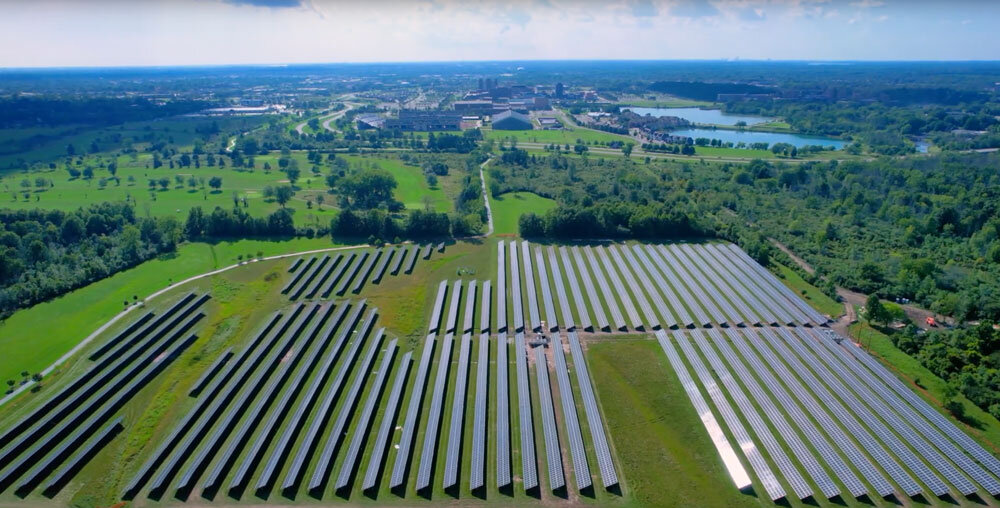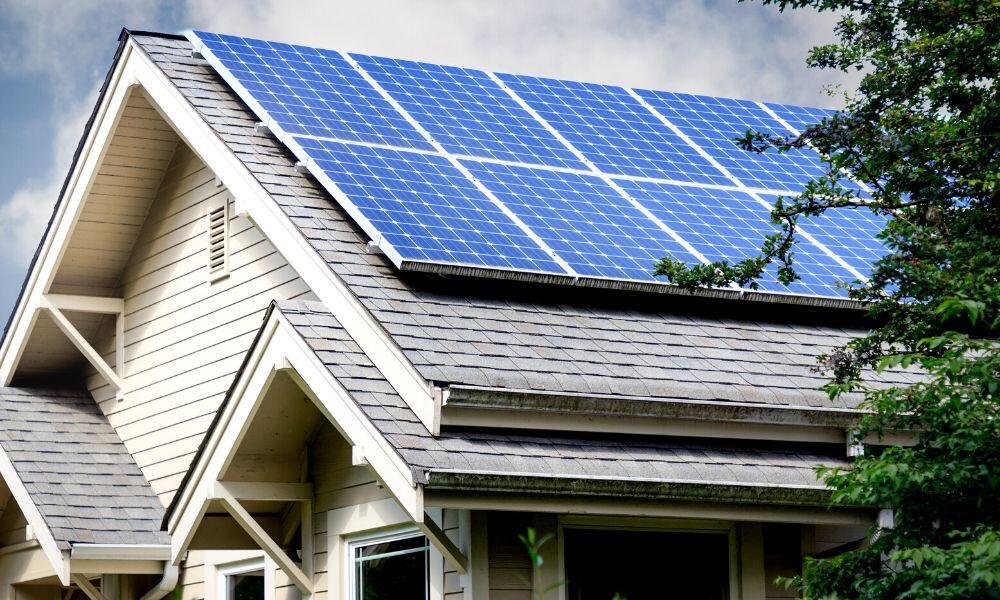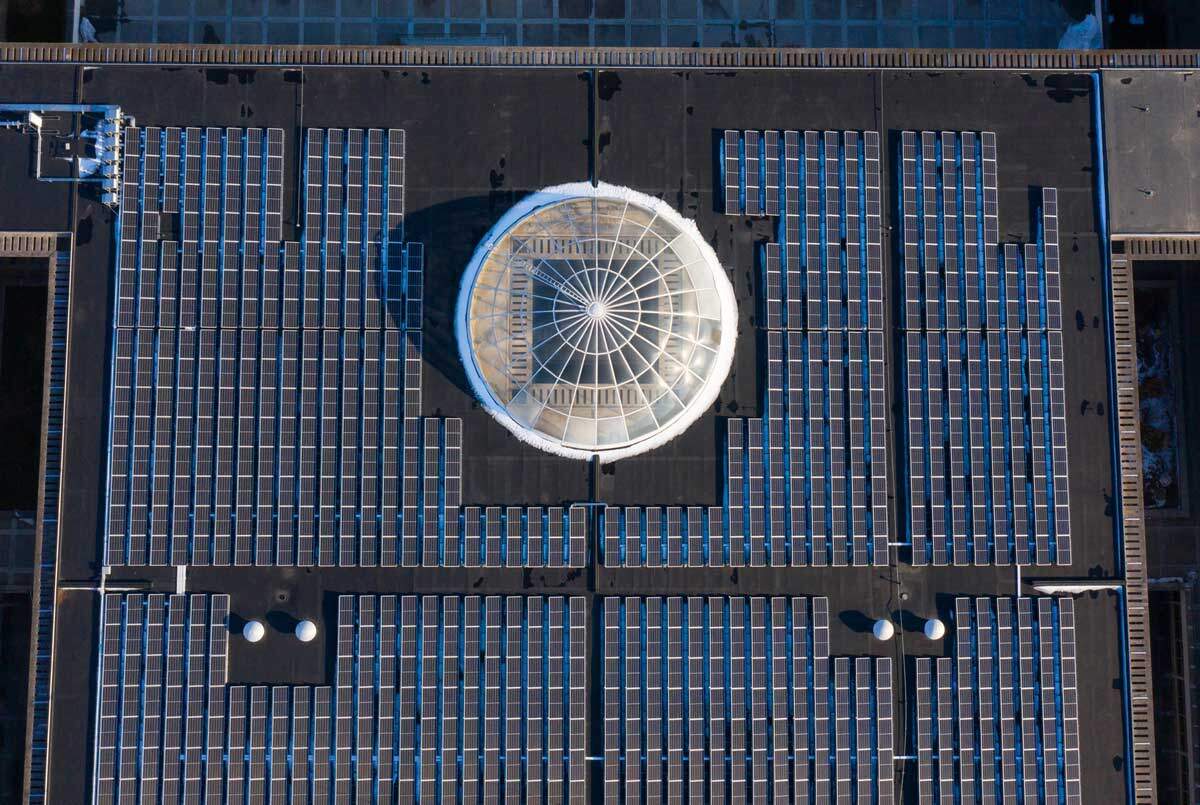Looking For U.S. To Step Up On Solar
AMHERST, NY – Rest of the world sets pace on energy use, experts say when it comes to actually using the sun’s power.
That was one of the messages from experts at a workshop Wednesday in Amherst that explored solar power’s applications and challenges.
“The solar market is the fastest-growing market worldwide, bar none,” said Ryne P. Raffaelle, director of the U.S. Department of Energy’s National Center for Photovoltaics in Colorado. “For the last half-dozen years, it’s grown at about a 40 to 45 percent compound annual growth rate per year.”
That growth is expected to accelerate next year, said Raffaelle, who was a Rochester Institute of Technology faculty member for 10 years. But the vast majority of that growth, both in the manufacturing and deployment of systems, is happening outside the United States. Asia has taken a “commanding lead” in manufacturing, and Europe leads in deployment, he said.
“But the rest of the world, they’re still watching the United States. They still see us as the 800-pound gorilla,” Raffaelle said. “It’s like, ‘When are they going to do something?’”
The manufacturing and deployment of solar power systems in the United States have increased “exponentially,” but the pace of growth in the rest of the world is much faster, he said. “Last year, China invested more in [photovoltaics] than the rest of the world combined.” “Photovoltaics” refers to converting solar radiation into electricity.
Raffaelle said the United States still leads the world in photovoltaic research and development, with much of that work emerging from the National Center for Photovoltaics, at the National Renewable Energy Laboratory.
Why is solar power not more widely used in the United States? “We have cheaper energy than the rest of the world,” Raffaelle said. “We subsidize our other energy sources more heavily than they do. We haven’t necessarily subsidized [photovoltaics] the way that they have.”
Shaun Chapman, who promotes adoption of solar power, said the energy source has made inroads in mainstream acceptance, turning into a business proposition for utilities. He noted that Solar Power International, an upcoming conference in Los Angeles, is expected to draw 40,000 people. “Fifteen years ago, it was ponytails and hemp beads and tie-dye shirts,” said Chapman, East Coast campaigns director for the Vote Solar Initiative. “It’s a different thing now. It’s an industry. And that is run by the Solar Electric Power Association, which is a utility-solar interface. So that dynamic has totally shifted.”
Some Buffalo Niagara businesses are tapping into solar energy’s power.
Solar Liberty designs and installs solar systems for homes, schools, businesses and government buildings. The company was founded seven years ago and employs 35 people in Amherst.
“Our [project] pipeline is really amazing right now,” said Adam K. Rizzo, CEO and co-founder. “We put a lot of effort into signing up as many projects as we could, so we could build a sustainable business in Western New York.”
In Niagara Falls, Globe Specialty Metals revived a dormant plant, and its business plan calls for eventually making a purified silicon used in solar cells. (A company official did not return messages seeking comment on its progress.)
A start-up company’s solar power project for Buffalo Niagara fizzled. Sunworks Solar planned to build a $200 million solar panel plant that would employ 175 people.
The New York Power Authority approved an allocation of low-cost hydropower to support it, but the project will not proceed, said Rob Wyse, a spokesman for Seal Beach, Calif.-based Amonix, which acquired Sunworks last November.
Amonix makes solar power systems uniquely suited for sunny, dry climates, Wyse said. “Because the systems are large,” he said, “manufacturing needs to be located near where systems are deployed. For Amonix, that is the desert Southwest in the United States.”
Solar Liberty will play a prominent role in a major installation about to begin: a solar power system consisting of 5,000 panels on the University at Buffalo’s North Campus. Construction is expected to start next month and be finished by spring 2011, said Robert G. Shibley, UB’s campus architect. The Power Authority is paying for the project, which has a $6.5 million budget.
The 1-megawatt system will have a practical purpose, providing power for the residences of more than 2,000 UB students, Shibley said, but great care was also put into creating a system that would double as “land art.”
The “Solar Strand” design is based on a concept by artist and landscape architect Walter J. Hood Jr. of Hood Design in Oakland, Calif. The technology will be integrated into the campus, rather than fenced off from it, Shibley said.
“You can walk through this thing quite comfortably,” he said.
Wednesday’s workshop was part of the “Business of Energy” series presented by Directed Energy, UB’s alternative-energy business incubator.
The Buffalo News
ByMatt Glynn




